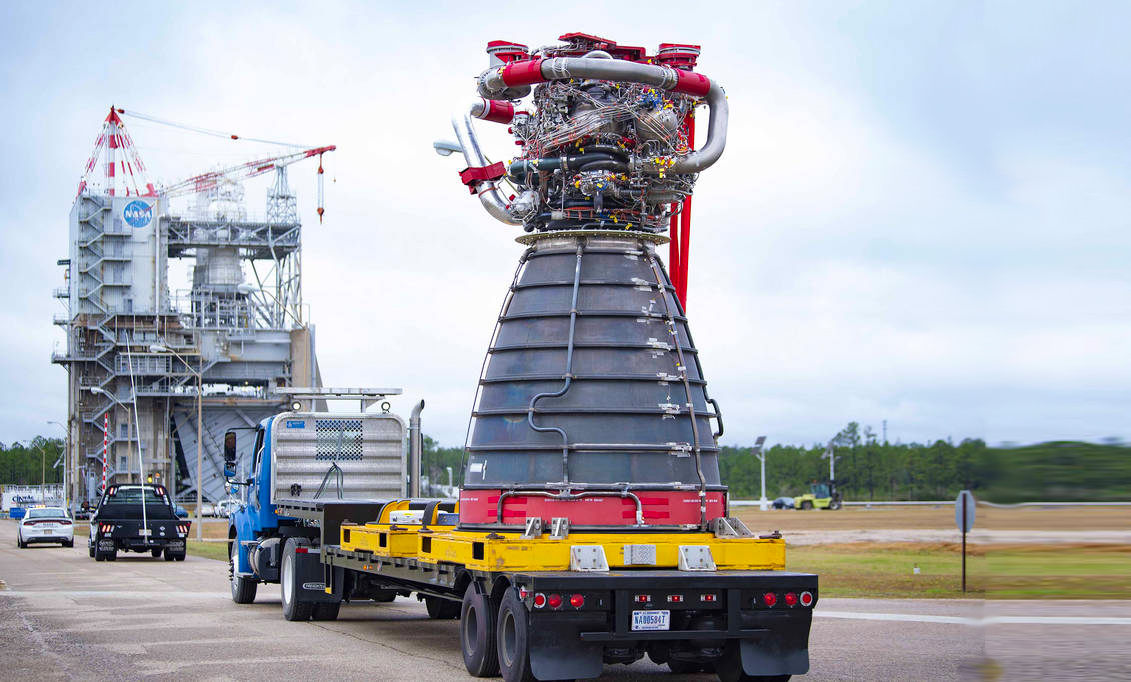NASA is no stranger to metal 3D printing. The agency has studied the design of 3D printed metal parts for launch and space vehicles as well as the methods to build them. It used 11 metal 3D printed parts on the Mars Perseverance rover and upcoming missions to the Moon and Mars are planned to feature the partially 3D printed RS-25 Core Stage Engines.
But now, in what’s being called the next and possibly final phase of study before metal 3D printing becomes more widely used in space exploration, NASA engineers will develop digital models to validate the characteristics of 3D printed metal parts for use in a wide range of propulsion and spaceflight applications.
Commercial space companies, including SpaceX, Aerojet Rocketdyne, and Rocket Lab, have used metal 3D printed parts in launch vehicles for years. The newest companies to the market, Launcher, Ursa Major, and Relativity Space, also all employ metal 3D printing in their engines, which have been successfully hot-fire tested on the ground. Last month, the Terran 1 rocket from Relativity Space, which was 85% 3D printed, launched from Cape Canaveral Space Force Station in Florida. Although it failed to make orbit, the company says the fact that it survived the pressures of launch proves 3D printing is a flight-worthy manufacturing method.
NASA takes a different approach to rocket testing. Certainly, Relativity Space conducted countless simulations and tests prior to launch, but NASA aims to certify a broader method rather than a specific application, which it hopes will accelerate the use of 3D printing across various space programs.

Partnering with NASA on the research are two universities with a long-standing focus on metal 3D printing. Carnegie Mellon University in Pittsburgh and Johns Hopkins University in Baltimore will co-lead the new Model-based Qualification & Certification of Additive Manufacturing (IMQCAM) institute. The focus will be to improve computer models of 3D printed metal parts, which can be broadly applied to various applications, such as combustion chambers, turbopumps, rotating impellers, and more.
Diverging from the cast, forged, or machined metal fabrication methods, metal 3D printing uses powdered metals that are melted with lasers in a method called laser powder bed fusion. These parts can have unique geometries and internal features not possible with other metal manufacturing methods that NASA has tested and validated for decades.
NASA says 3D printed parts “could be useful for things like rocket engines – giving more flexibility to create new parts when designs change – or as part of a human outpost on the Moon, where bringing pre-fabricated parts would be expensive and limiting.”
However, efficient certification and use of such parts require high-accuracy predictions of their characteristics.
“The internal structure of this type of part is much different than what’s produced by any other method,” says Tony Rollett, professor of metallurgical engineering and materials science at Carnegie Mellon University. “In order to make a printed product have predictable properties, we need to understand more about what its internal structure is, how it depends on the printing process, and what properties it has.”
IMQCAM will focus on creating the models NASA and others in the industry would need to validate parts on a daily basis.
Detailed computer models, known as digital twins, will allow engineers to understand the parts’ capabilities and limitations, such as how much stress the parts can take before breaking. Such models will provide the predictability of part properties based on their processing that is key for certifying the parts for use.
Over the course of five years, the institute will develop detailed computer models, or digital twins, for additively manufactured parts that have been validated against experimental data, verified against physical mechanisms, and subjected to rigorous uncertainty quantification protocols. The models will evaluate the response to fatigue in spaceflight materials that are currently used for 3D printing, as well as introduce and qualify new materials.
The project outcomes will serve as a vital resource for partners at NASA, as the models will enable them to better predict the parts’ performance abilities.
License: The text of "NASA Plans New Metal 3D Printing for Propulsion, Spaceflight" by All3DP Pro is licensed under a Creative Commons Attribution 4.0 International License.


